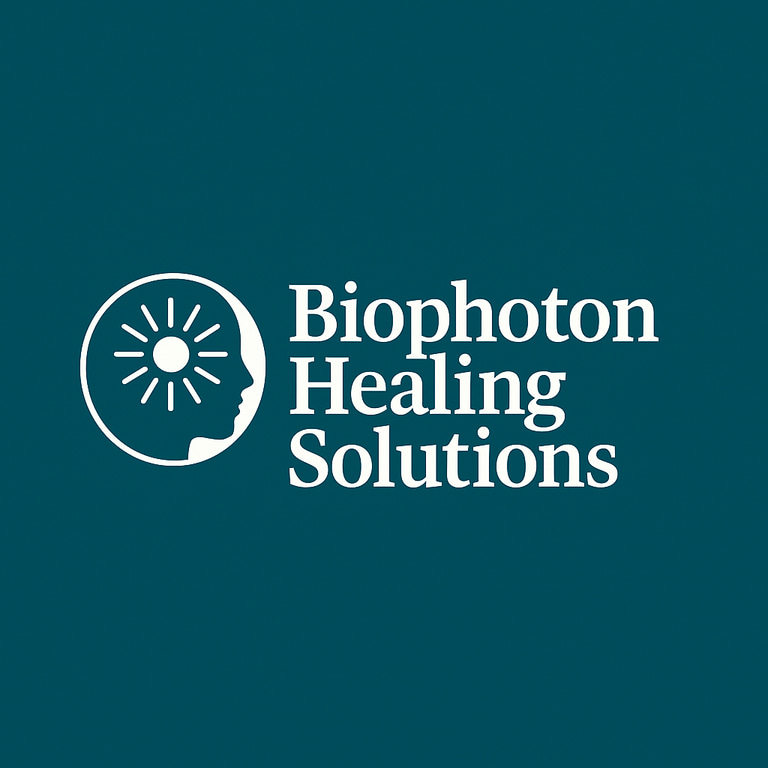Can BioPhoton Therapy Help in the Regeneration, Replication, and Renewal of Stem Cells in the Body?
BioPhoton therapy holds promising potential to aid the body’s stem cell regeneration, although research is still in early stages. Both theoretical considerations and initial studies suggest that the answer is leaning toward “yes, possibly” – biophoton therapy may enhance stem cell replication and renewal. Here’s a breakdown of evidence and rationale:
Enhanced Stem Cell Proliferation via Light: As discussed, low-level light (red/IR) has been shown to increase stem cell proliferation in numerous experimentspubmed.ncbi.nlm.nih.gov. This phenomenon extends to various stem cell types (mesenchymal, neural, dental, etc.) – the gentle photonic stimulus nudges them to divide and secrete healing factors. By analogy, biophoton therapy – a continuous, low-intensity energy field – might similarly coax stem cells into a more active state. In fact, a narrative review on “Biophoton Quantum Medicine” noted that modern biophoton-generating devices have demonstrated “early promise in improving mitochondrial function, promoting stem cell activity, reducing inflammation, and accelerating tissue repair.” All of those effects tie into better stem cell-mediated healing. If a device can improve a cell’s energy production and reduce inflammatory inhibitors, a quiescent stem cell may “wake up” and start renewing itself and its lineage.
Clinical Trial Evidence (Ongoing): The clinical trial NCT06855459 is directly probing this question. Its purpose is “to evaluate if biophoton therapy, delivered by Tesla BioHealing® Biophoton Generators, can increase self-grown stem cells naturally.” While final results are not yet published (the study runs through 2025–2026), the very existence of this trial indicates (a) there is a hypothesized biological mechanism for biophotons to raise stem cell counts, and (b) preliminary observations were encouraging enough to justify a controlled study. The trial will measure participants’ stem cell levels before and after biophoton exposure. A significant increase in the treatment group would be strong evidence that biophoton therapy can indeed stimulate stem cell replication or mobilization in the body.
Related Outcomes – Indirect Support: Even without direct cell counts, some outcomes from biophoton therapy studies imply stem cell involvement. For example, the stroke patient study with the Tesla Biophoton Generator found improved recovery in chronic stroke survivorspr.compr.com. Normally, after a stroke, recovery plateaus after about 6 months; any further improvement often involves neurogenesis or plasticity, processes driven by neural stem cells. The fact that those patients experienced regained mobility suggests the biophoton therapy possibly reactivated neurological repair mechanisms, potentially through stem cell pathways. Another small study (mentioned in a conference abstract) concluded that “biophoton therapy represents a promising, drug-free approach to stem cell enhancement”, again pointing to the growing belief that this therapy can bolster stem cell function.
Mechanistic Plausibility: On a cellular level, if biophoton therapy increases ATP production and mild ROS signaling (as PBM does), it would lead to activation of transcription factors and release of growth factors that encourage stem cell proliferationpubmed.ncbi.nlm.nih.govpubmed.ncbi.nlm.nih.gov. Stem cells sitting in their niche could respond to these cues by dividing more frequently. Moreover, biophoton fields might improve blood circulation (as Tesla BioHealing claims) and reduce pain/inflammation. Better blood flow means more oxygen and nutrients to stem cell niches, and lower inflammation removes inhibitory signals – together creating a more favorable niche for stem cell renewal. In essence, biophoton therapy might create a healing microenvironment where stem cells can thrive. This aligns with the description that the biophoton generator “works with the body’s natural healing processes” and supports cellular communicationpr.com – stem cells rely on both to know when to activate and where to go.
Caveats and Future Research: While optimistic, we must note that hard evidence is still forthcoming. It’s one thing to see cells in a dish divide more under light, and another to boost stem cell populations in a living human safely. The ongoing trials and future peer-reviewed publications will clarify the extent of the effect. It’s also possible that biophoton therapy helps indirectly – for instance, by reducing chronic inflammation, it could remove suppression on stem cells (in chronic inflammation, signals like TNF-alpha can force stem cells into dormancy or cause them to differentiate prematurely). By calming such signals, the therapy might allow the body to regenerate better, even if it’s not a direct mitogenic (cell-division-triggering) effect on the stem cells.
In conclusion, there are strong indications that biophoton therapy can aid stem cell regeneration. It is being actively explored in clinical research, and its known biological effects (enhancing cellular energy, reducing inflammation, improving circulation) align with what stem cells need to multiply and renew tissues. If proven, this could revolutionize regenerative medicine by providing a non-invasive means to boost one’s own stem cells – essentially a light-based rejuvenation strategy. For now, we can say that biophoton therapy may help in the regeneration, replication, and renewal of stem cells, and early studies are very encouraging, but further peer-reviewed research will determine how significant and reliable this effect ispubmed.ncbi.nlm.nih.gov.
